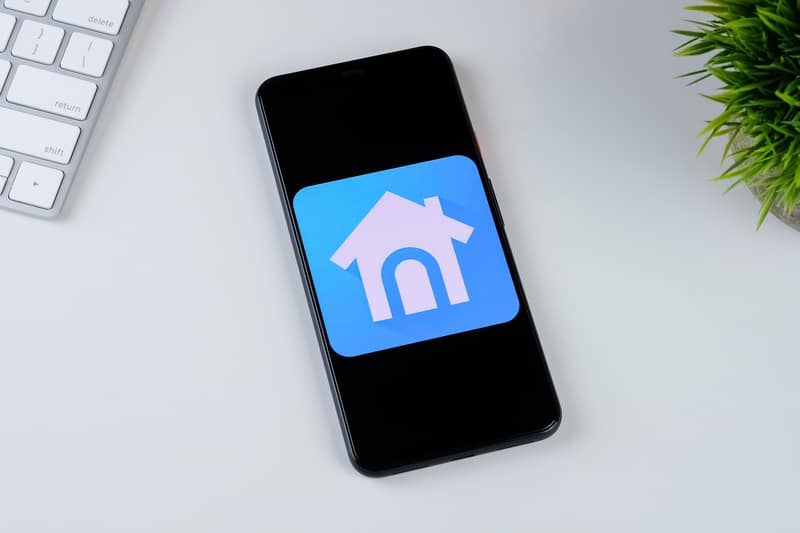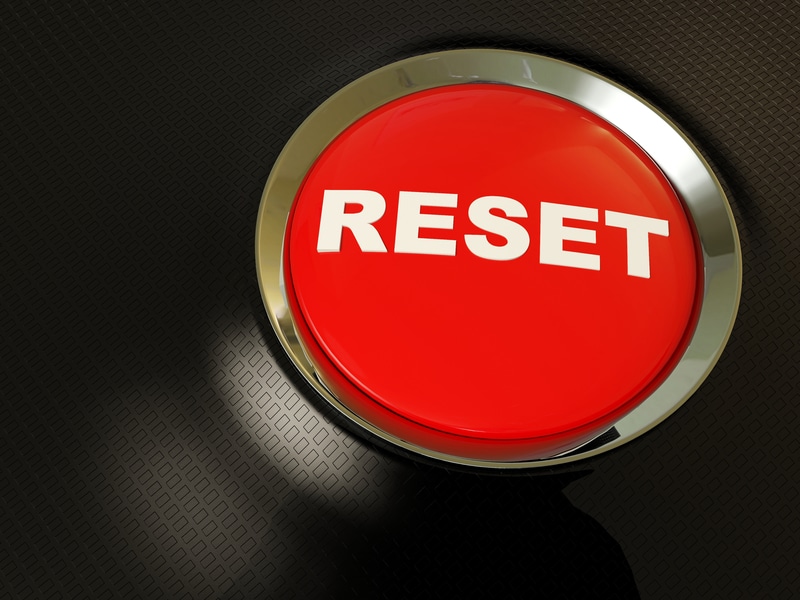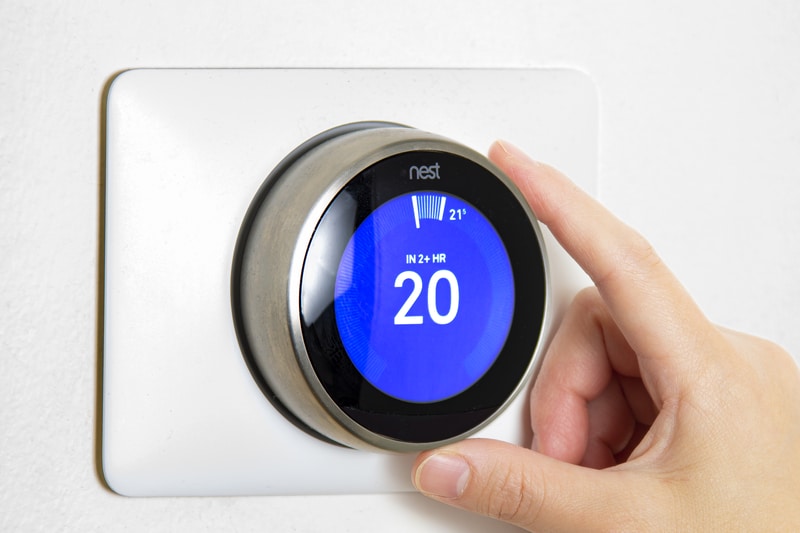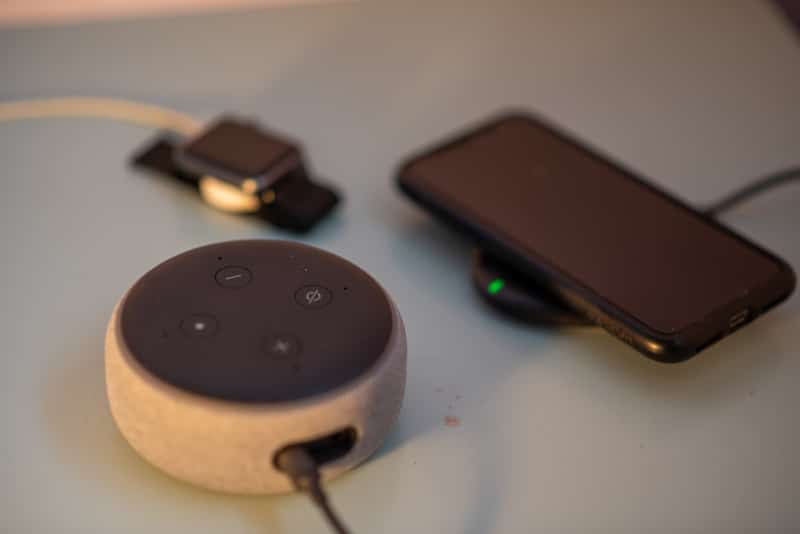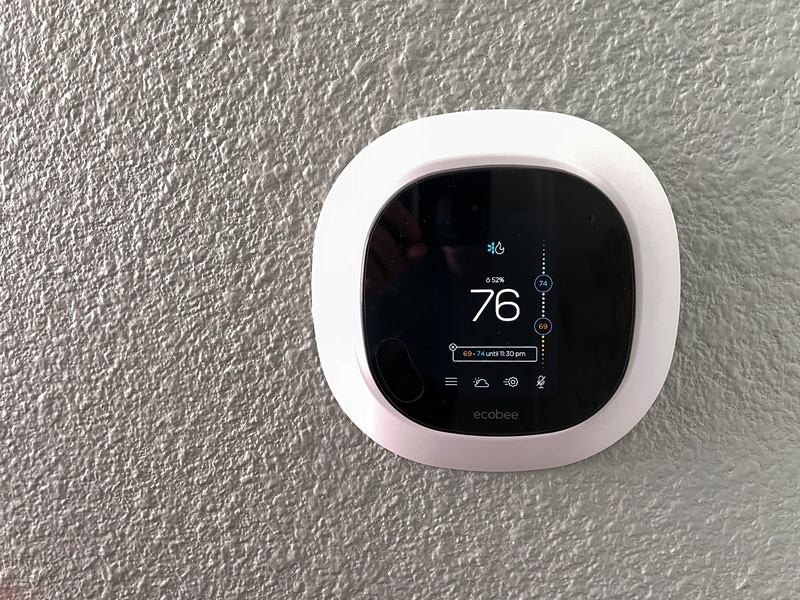
Buying a house is never an easy decision. But what if it’s a smart home and it comes with a smart device, such as Google Nest, previously being used by an owner?
There are plenty of cases where people have moved into a house that comes with a Google Nest device. Likewise, we had seen cases of people leaving their Google Nest when they moved away from there.
If you are in the same situation, you may think about what you should do with Google Nest.
Bought A House with Nest Thermostat
In this article, we will be talking about the things that you should do when you move into a house with the Nest thermostat.
In most cases, the owner accidentally leaves his account on the thermostat. Well, here are the things that you might need to do first and foremost.
1. Make Sure the Previous Owner Has Deleted the Nest App
The first thing that you need to do is to check whether the previous owner has deleted the Nest app or not. If they haven’t and they are still logged in to the Nest account. They should still have control over the Google Nest that is in your home.
This is why we suggest you absolutely make sure the owner has deleted the Nest app. If you find any problems at all, try calling Nest Customer Support. They should help everything get sorted out for you.
2. Perform A Factory Reset
It goes without saying that you will need to perform a factory reset right after you move into the house.
One of the reasons why you might want to do this is because the thermostat might have the previous owner’s settings. Just make sure you write the hardware settings down before you perform the reset, as Nest may not be able to recognize them.
However, performing a factory reset should restore all of the settings to default. Once you have reset the device, just connect it to your house’s network.
Afterwards, create a Nest account if you have to. Once that is out of the way, you should be able to use Nest without any issues.
3. Set Up Your Thermostat Just Like You Want To
After you are done with the first two things mentioned here, you should now have a fully functional Nest thermostat. We suggest you set it up just like you want to.
You will now be able to set up routines. Also, don’t forget to install the Nest app, as it is essential for controlling the device remotely.
Will The Previous Owners Be Able to Access This Device?
Once the factory reset is completed, the previous owners will lose access to this device. You don’t have to worry about other users messing up the configurations of your Nest unit.
However, you need to make sure that the factory reset routine is executed perfectly.
If you are having trouble setting up the device with your smart account, then there might be some network errors.
Make sure to reboot the router and then move it closer to the smart device. Furthermore, removing extra wireless devices from your home will do you good.
When set up correctly, the Nest system will go into learning mode. This mode will help adjust to your preferences and will come up with automated schedules. Usually, the learning mode will last for around two weeks.
You can also manually turn on this mode by browsing through the Nest Sense settings. Cycling the auto-scheduling features from this section will engage the learning mode.
So, if you’re not happy with the current environment control settings, update the auto schedules.
As the thermostat learns over the next two weeks, you will need to actively manage the temperature.
Make sure to always set the temperature according to your preferences throughout the day. From there, the Nest unit will update the auto-scheduling features.
If you’re passive in these two weeks and don’t manually update the temperatures, then the learning mode won’t do you any good. You have to help the device learn about your preferences by changing the temperature through each section of the day.
All your focus should be on optimizing the temperature during different parts of the day. For example, it is a bit colder in the evening and a bit hot in the morning. Two weeks of consistent input will have your unit in perfect configuration.
Should You Buy A New Thermostat?
If you’re still not comfortable with using the thermostat left by the previous owners, then there are no issues with buying a new one. However, we would recommend that you try to reset this unit and set it up with your account.
The setup might be a bit difficult if you’re in contact with the previous owners. However, you will still save a fair bit of cash on this purchase. So, try to make this unit work if you’re a bit short on cash.
The Nest thermostat is one of the top options in the current market. You won’t have to worry about paying hundreds of dollars for a new one. Is there really any better reason to stick with this option?
However, if you’re still not sold on the idea of using this thermostat and the budget is not an issue, then you can switch to other brands. Sadly, no other brand can keep up with the learning features brought forward by this unit.
Your best choice will be to switch to a newer model and then set that up with your HVAC system. We further recommend that you hire a general contractor to help with the installation of the new unit.
It can take a while to get through the configuration, even with the new unit. So, if budget is not an issue, seek help from local experts. They will not only do a quicker job, but you will also enjoy a more consistent response from the HVAC system.
Are There Any Better Thermostats On The Market?
While many users do put Ecobee and Honeywell in the same conversation, the Nest units are the best on the market. These devices are not only more reliable but offer decent features. Furthermore, there are almost zero compatibility concerns here.
With that said, Ecobee does focus on better aesthetics. These units are not really affordable, but you will get an amazing design here. If you’re not that sold on the extra smart features and scheduling options from Nest, Ecobee is a good option.
It is a bit lacking in terms of features, but you will still enjoy compatibility with all smart assistants. Even if you’re using the SmartThings system, it will serve you perfectly.
So, test out the Ecobee system if you’re planning on branching out.
On the other hand, the reviews on Honeywell systems are not that great. Everything from the compatibility to the design is pretty subpar. So, even if you see a ton of marketing behind these units, going with Honeywell is not a good decision for most owners.
It all comes down to your preferences. If you’re willing to spare some cash for a new unit, then Ecobee will serve you with a decent design. On the other hand, if you’re short on cash, Honeywell will not be such a bad option for you.
So, simply evaluate your budget and then choose the device that best fits your needs. Hopefully, you won’t be disappointed by these units.
The Bottom Line
In this article, we have explained what you should do if you have bought a house with a Nest thermostat. Be sure to follow all of the instructions that we have written above.
Again, if you are facing any complications at all, feel free to contact Nest’s support. They will help you with whatever problem you have with Nest.
The Nest thermostat will always be the market leader with its plentiful features. You can browse through different models to find a good fit for your needs. Not even Ecobee can compete with the value brought forward by this option.
So, if you’re thinking of buying a new unit, try to go with a newer model of Nest thermostat. However, if you’re not that sold on its design, then Ecobee is the next best thing.
Pricing is pretty similar for both brands. Furthermore, Ecobee offers almost the same compatibility options.
Similarly, if you believe the Nest unit to be defective and don’t want to spend too much cash, then Honeywell is the way to go. The reputation of these smart units is not that great. You will get a few errors here and there.
However, when you’re low on cash, there is not much wiggle room for complaints. So, test out these units, and they should be consistent as far as the basic features are concerned. Make sure to inquire about more specifics from the dealer.
